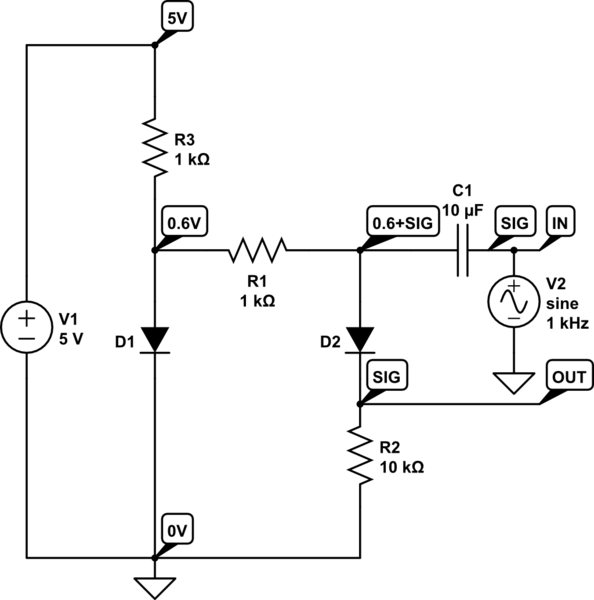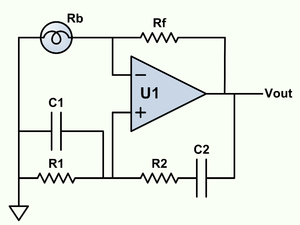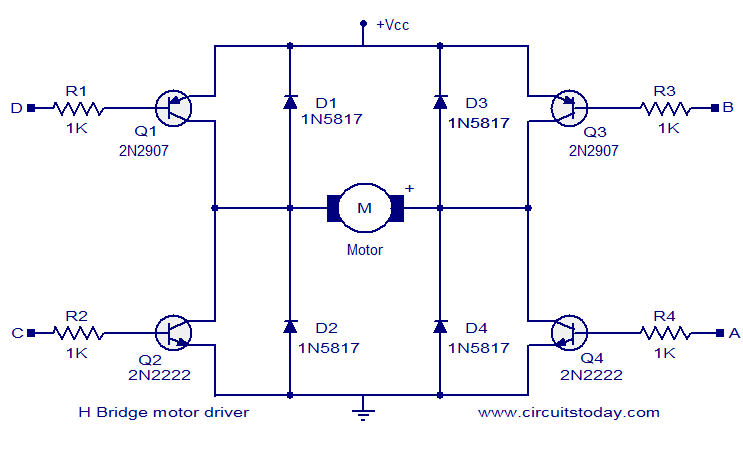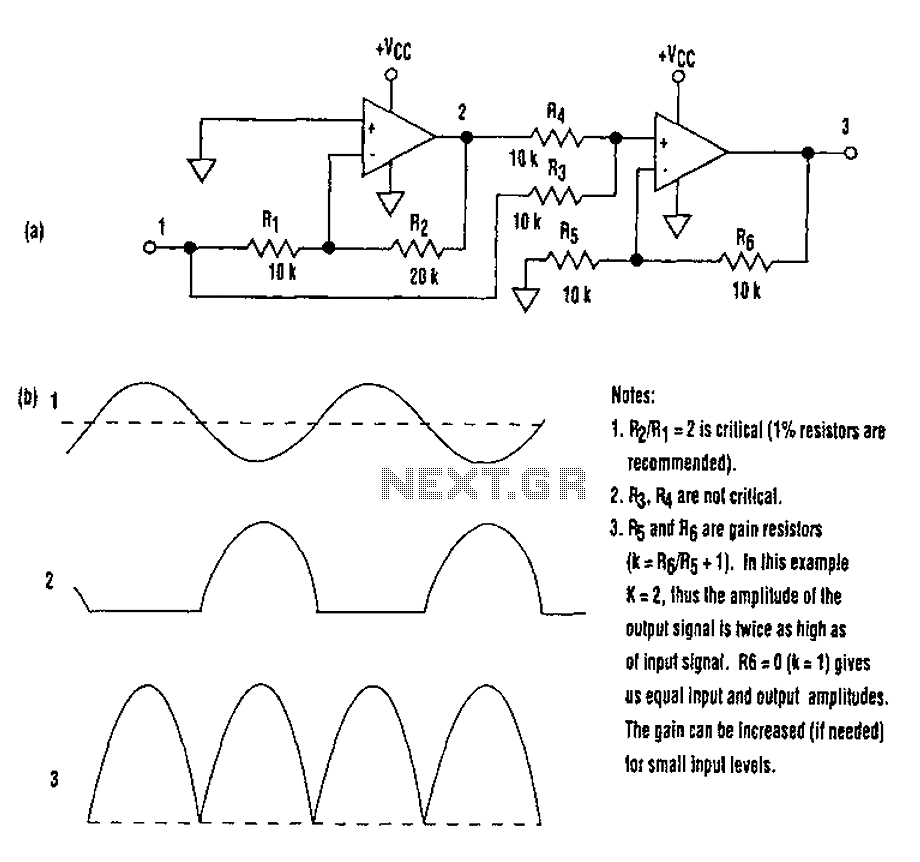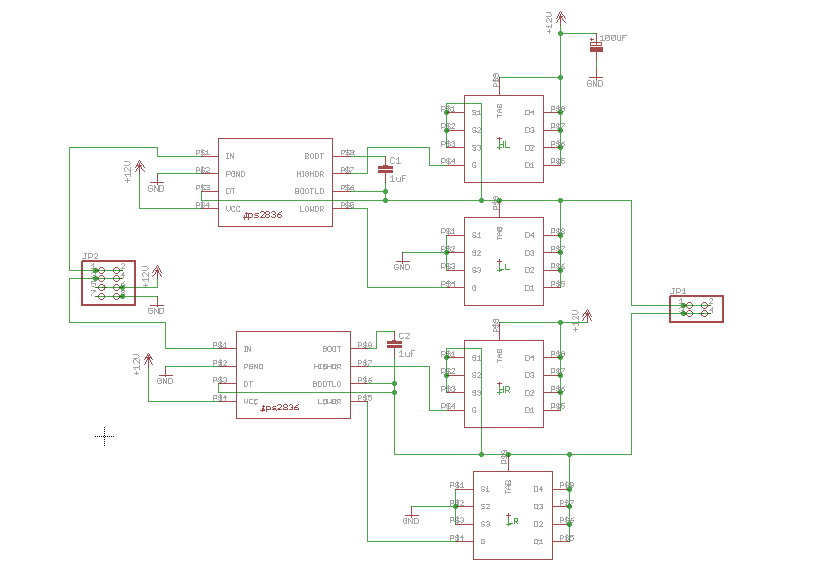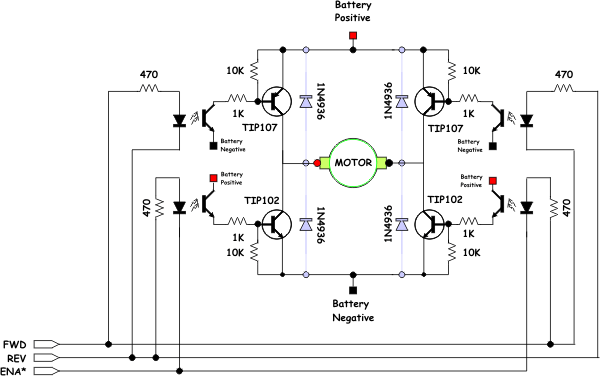
Bridge Rectifier
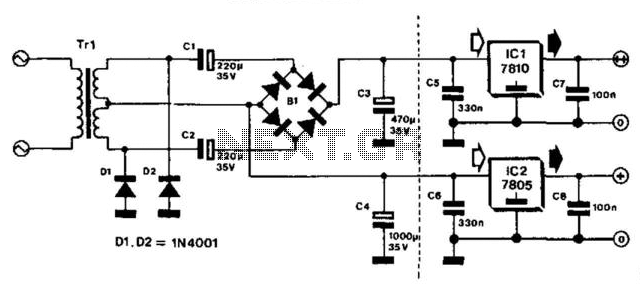
This bridge circuit is designed for applications requiring two unequal supply voltages. The lower voltage is obtained using a transformer with symmetric windings and half-wave rectification of the potential across one winding. The higher voltage is derived from the potential across both windings, which is also rectified. The transformer output is connected to a bridge rectifier through two electrolytic capacitors that isolate the two direct voltages. An advantage of this circuit is that, despite the unequal loading of the two supplies, the currents through both transformer windings remain equal. This ensures symmetric loading of the transformer, allowing for optimal utilization of its capacity. Additionally, there is minimal unnecessary dissipation in the voltage regulators. The load on the lower voltage supply primarily depends on the transformer's rating, while the load on the higher voltage supply is constrained by the reactance of capacitors C1 and C2 and the required minimum output voltage.
This bridge circuit effectively addresses the need for dual voltage outputs in various electronic applications. The use of a transformer with symmetric windings is critical, as it allows for the generation of two distinct voltage levels while maintaining balance in the system. The half-wave rectification process applied to one of the windings ensures that the lower voltage is efficiently extracted without excessive loss.
The integration of electrolytic capacitors serves a dual purpose: they not only provide electrical isolation between the two voltage outputs but also stabilize the output voltages by smoothing out fluctuations caused by load changes. This is particularly important in applications where voltage stability is crucial for the operation of sensitive electronic components.
The bridge rectifier configuration further enhances the circuit's efficiency by converting the alternating current (AC) from the transformer into direct current (DC), suitable for powering DC loads. The design ensures that the transformer operates within its optimal capacity, as the equal current flow through both windings minimizes the risk of overheating and prolongs the lifespan of the transformer.
In terms of load management, the lower voltage supply's capacity is primarily determined by the transformer's specifications, while the higher voltage supply's output is influenced by the reactance of the capacitors involved. This reactance, denoted as Xh r 50 C, plays a critical role in establishing the maximum load that can be safely drawn without compromising voltage stability.
Overall, this bridge circuit exemplifies a well-engineered solution for applications requiring dual voltage supplies, balancing efficiency, and performance while minimizing potential drawbacks associated with voltage regulation and transformer loading. This bridge circuit is intended for those cases where two unequal supply voltages are required. The lower voltage is obtai ned with the aid of a transformer with symmetric windings and half-wave rectification of the potential across one winding. For the higher voltage, the potential across both windings is rectified. To that end, the output of the transformer is linked to the bridge rectifier via two electrolytic capacitors that provide isolation of the two direct voltages.
A bonus with this type of circuit is that although the two supplies can be loaded unequally, the currents through the two transformer windings are the same. Thus, the transformer is loaded symmetrically so that its full capacity can be used. Moreover, no unnecessary dissipation is in the voltage regulators. The load on the lower voltage supply depends primarily on the rating of the transformer. The load on the higher voltage supply is limited by the reactance of Cj and C2 (= xh r 50 C) and the required minimum output voltage.
🔗 External reference
This bridge circuit effectively addresses the need for dual voltage outputs in various electronic applications. The use of a transformer with symmetric windings is critical, as it allows for the generation of two distinct voltage levels while maintaining balance in the system. The half-wave rectification process applied to one of the windings ensures that the lower voltage is efficiently extracted without excessive loss.
The integration of electrolytic capacitors serves a dual purpose: they not only provide electrical isolation between the two voltage outputs but also stabilize the output voltages by smoothing out fluctuations caused by load changes. This is particularly important in applications where voltage stability is crucial for the operation of sensitive electronic components.
The bridge rectifier configuration further enhances the circuit's efficiency by converting the alternating current (AC) from the transformer into direct current (DC), suitable for powering DC loads. The design ensures that the transformer operates within its optimal capacity, as the equal current flow through both windings minimizes the risk of overheating and prolongs the lifespan of the transformer.
In terms of load management, the lower voltage supply's capacity is primarily determined by the transformer's specifications, while the higher voltage supply's output is influenced by the reactance of the capacitors involved. This reactance, denoted as Xh r 50 C, plays a critical role in establishing the maximum load that can be safely drawn without compromising voltage stability.
Overall, this bridge circuit exemplifies a well-engineered solution for applications requiring dual voltage supplies, balancing efficiency, and performance while minimizing potential drawbacks associated with voltage regulation and transformer loading. This bridge circuit is intended for those cases where two unequal supply voltages are required. The lower voltage is obtai ned with the aid of a transformer with symmetric windings and half-wave rectification of the potential across one winding. For the higher voltage, the potential across both windings is rectified. To that end, the output of the transformer is linked to the bridge rectifier via two electrolytic capacitors that provide isolation of the two direct voltages.
A bonus with this type of circuit is that although the two supplies can be loaded unequally, the currents through the two transformer windings are the same. Thus, the transformer is loaded symmetrically so that its full capacity can be used. Moreover, no unnecessary dissipation is in the voltage regulators. The load on the lower voltage supply depends primarily on the rating of the transformer. The load on the higher voltage supply is limited by the reactance of Cj and C2 (= xh r 50 C) and the required minimum output voltage.
🔗 External reference
Warning: include(partials/cookie-banner.php): Failed to open stream: Permission denied in /var/www/html/nextgr/view-circuit.php on line 713
Warning: include(): Failed opening 'partials/cookie-banner.php' for inclusion (include_path='.:/usr/share/php') in /var/www/html/nextgr/view-circuit.php on line 713
